
How to Use Micro SD Sniffer: Examples, Pinouts, and Specs
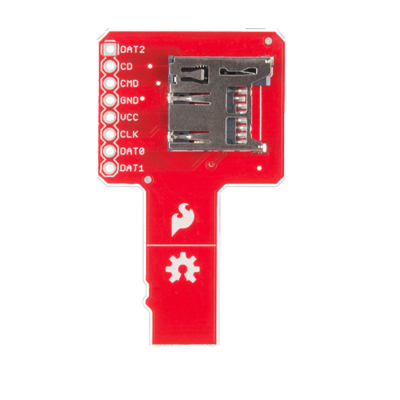
 Design with Micro SD Sniffer in Cirkit Designer
Design with Micro SD Sniffer in Cirkit DesignerIntroduction
The Micro SD Sniffer is a specialized device designed to monitor and analyze data communication between a microcontroller and a micro SD card. It acts as a passive intermediary, capturing and relaying data signals for debugging, data recovery, and protocol analysis. This tool is invaluable for developers working on embedded systems, enabling them to troubleshoot issues, optimize performance, and ensure proper communication between devices.
Explore Projects Built with Micro SD Sniffer
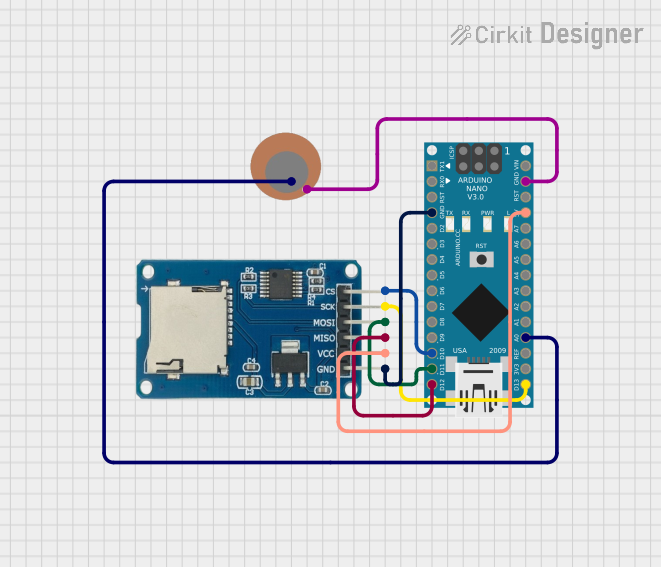
 Open Project in Cirkit Designer
Open Project in Cirkit Designer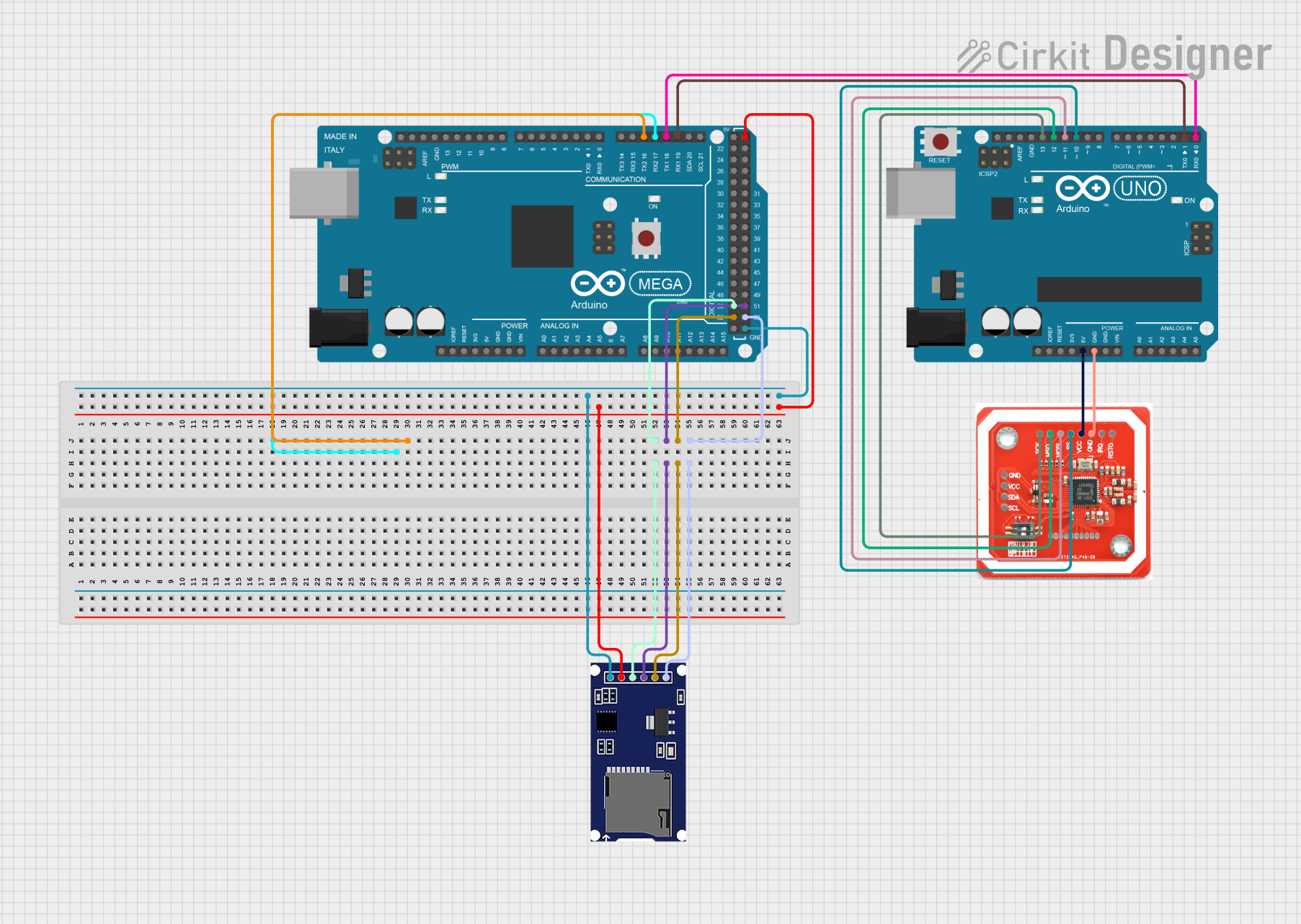
 Open Project in Cirkit Designer
Open Project in Cirkit Designer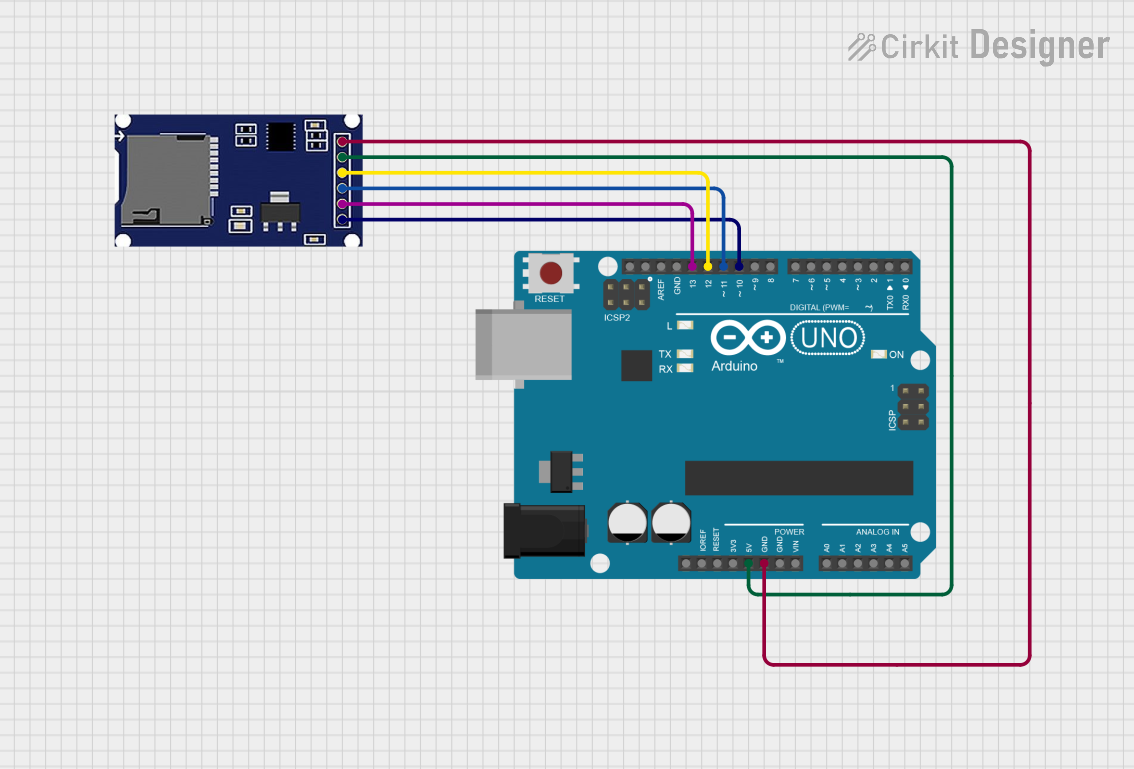
 Open Project in Cirkit Designer
Open Project in Cirkit Designer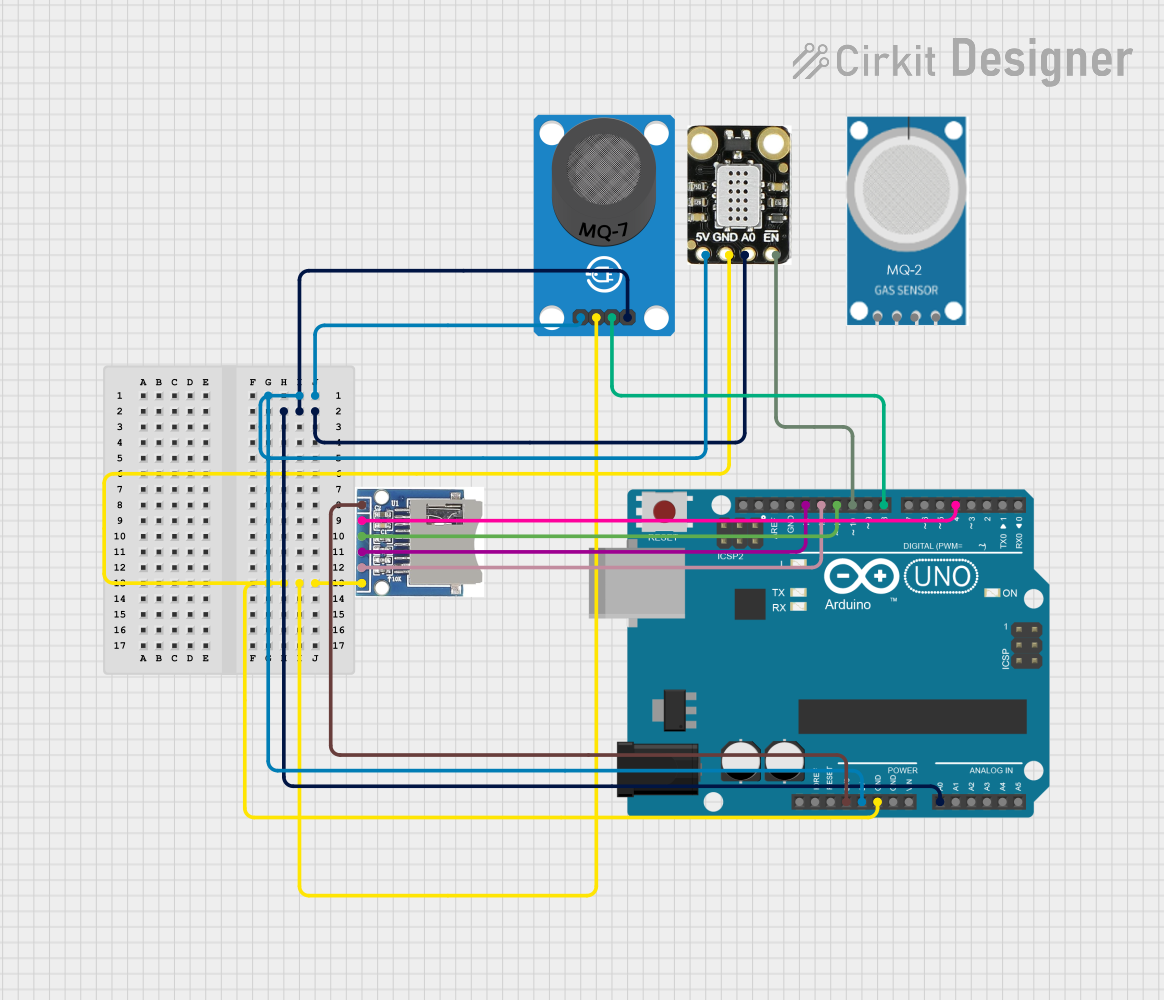
 Open Project in Cirkit Designer
Open Project in Cirkit DesignerExplore Projects Built with Micro SD Sniffer

 Open Project in Cirkit Designer
Open Project in Cirkit Designer
 Open Project in Cirkit Designer
Open Project in Cirkit Designer
 Open Project in Cirkit Designer
Open Project in Cirkit Designer
 Open Project in Cirkit Designer
Open Project in Cirkit DesignerCommon Applications and Use Cases
- Debugging microcontroller-to-micro SD card communication.
- Analyzing SPI (Serial Peripheral Interface) protocol data.
- Recovering data from corrupted or malfunctioning micro SD cards.
- Educational purposes for learning about SPI communication.
- Testing and validating firmware for SD card-based systems.
Technical Specifications
Key Technical Details
- Supported Protocol: SPI (Serial Peripheral Interface)
- Voltage Levels: 3.3V and 5V compatible (logic level shifting included)
- Connector Type: Standard micro SD card slot
- Interface: Breakout pins for SPI signals (MISO, MOSI, SCK, CS)
- Dimensions: Compact PCB design, typically 25mm x 20mm
- Power Supply: 3.3V or 5V (via breakout pins or external source)
Pin Configuration and Descriptions
The Micro SD Sniffer typically includes a set of breakout pins for connecting to a microcontroller or logic analyzer. Below is the pin configuration:
| Pin Name | Description |
|---|---|
VCC |
Power input (3.3V or 5V, depending on the system requirements). |
GND |
Ground connection. |
MISO |
Master In Slave Out - Data sent from the micro SD card to the microcontroller. |
MOSI |
Master Out Slave In - Data sent from the microcontroller to the micro SD card. |
SCK |
Serial Clock - Clock signal for synchronizing data transfer. |
CS |
Chip Select - Activates the micro SD card for communication. |
Usage Instructions
How to Use the Micro SD Sniffer in a Circuit
Connect the Sniffer to the Microcontroller:
- Use jumper wires to connect the
MISO,MOSI,SCK, andCSpins of the sniffer to the corresponding SPI pins on the microcontroller. - Connect the
VCCandGNDpins to the power supply of the microcontroller (ensure voltage compatibility).
- Use jumper wires to connect the
Insert the Micro SD Card:
- Place the micro SD card into the sniffer's card slot. Ensure it is properly seated.
Connect a Logic Analyzer (Optional):
- For debugging or data analysis, connect a logic analyzer to the sniffer's breakout pins. This allows you to capture and analyze SPI signals in real time.
Write Firmware for Communication:
- Use an appropriate library (e.g., the Arduino SD library) to communicate with the micro SD card. Below is an example Arduino sketch for basic SD card initialization and data logging.
Example Arduino Code
#include <SPI.h>
#include <SD.h>
// Define the chip select pin for the SD card
const int chipSelect = 10;
void setup() {
// Initialize serial communication for debugging
Serial.begin(9600);
while (!Serial) {
; // Wait for the serial port to connect (for native USB boards)
}
Serial.println("Initializing SD card...");
// Check if the SD card is present and can be initialized
if (!SD.begin(chipSelect)) {
Serial.println("SD card initialization failed!");
return;
}
Serial.println("SD card initialized successfully.");
}
void loop() {
// Example: Write data to a file on the SD card
File dataFile = SD.open("log.txt", FILE_WRITE);
if (dataFile) {
dataFile.println("This is a test log entry.");
dataFile.close();
Serial.println("Data written to log.txt");
} else {
Serial.println("Error opening log.txt");
}
delay(1000); // Wait 1 second before writing again
}
Important Considerations and Best Practices
- Voltage Compatibility: Ensure the sniffer's voltage matches the microcontroller's logic level (3.3V or 5V).
- Signal Integrity: Use short, high-quality wires to minimize noise and signal degradation.
- Card Formatting: Format the micro SD card to FAT16 or FAT32 before use.
- Logic Analyzer Setup: If using a logic analyzer, configure it to capture SPI signals at the correct clock speed.
Troubleshooting and FAQs
Common Issues and Solutions
SD Card Initialization Fails:
- Cause: Incorrect wiring or incompatible voltage levels.
- Solution: Double-check all connections and ensure the sniffer is powered with the correct voltage.
No Data Captured by Logic Analyzer:
- Cause: Logic analyzer not properly connected or configured.
- Solution: Verify the connections to the sniffer's breakout pins and ensure the analyzer is set to the correct SPI clock speed.
Corrupted Data on SD Card:
- Cause: Improper handling of the card or power interruptions during write operations.
- Solution: Always unmount the SD card properly in software before removing it.
Microcontroller Cannot Detect the SD Card:
- Cause: Incorrect chip select (CS) pin configuration.
- Solution: Ensure the CS pin in the code matches the physical connection on the microcontroller.
FAQs
Q: Can the Micro SD Sniffer be used with non-SPI SD cards?
A: No, the sniffer is designed specifically for SPI communication. Non-SPI SD cards are not supported.
Q: What is the maximum SPI clock speed supported?
A: The maximum clock speed depends on the micro SD card and the microcontroller, but most sniffers support up to 25 MHz.
Q: Can I use the sniffer to recover data from a damaged SD card?
A: Yes, the sniffer can help analyze and recover data if the card is still electrically functional.
Q: Is the sniffer compatible with Arduino boards?
A: Yes, the sniffer is fully compatible with Arduino boards that support SPI communication.
By following this documentation, you can effectively use the Micro SD Sniffer for debugging, data analysis, and educational purposes.